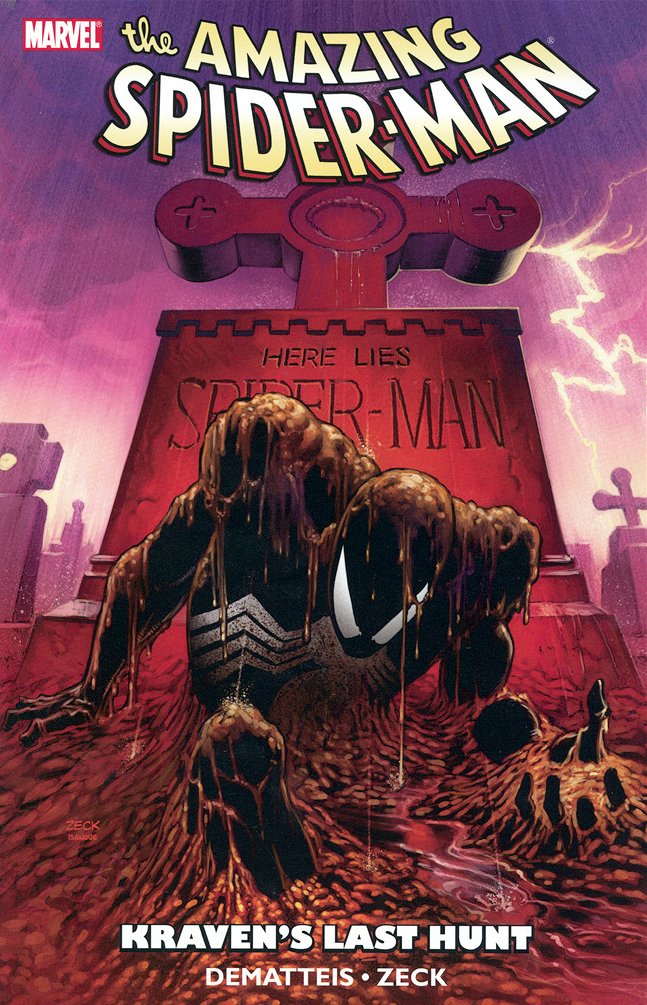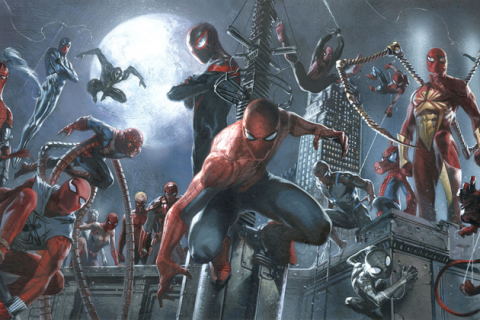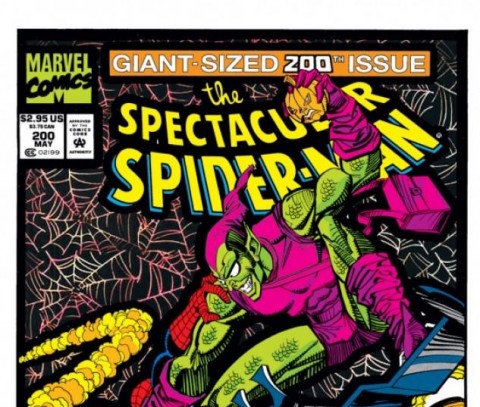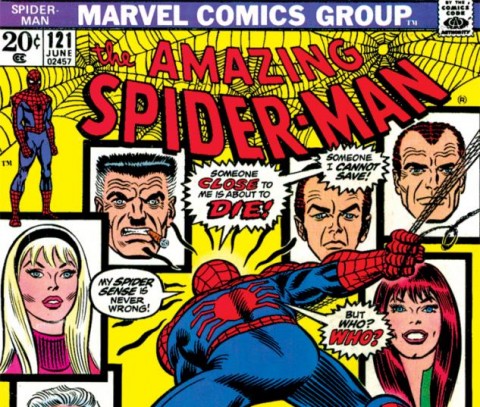The 80’s was a dark, dark time in comics. Batman and Superman fought it out in the dystopian world of Dark Knight Returns, Alan Moore introduced us to the dystopian world of the Watchmen, and Green Arrow fought rapists and serial killers in the dystopian world of The Longbow Hunters. If something bad could happen it did happen, and for many readers the 80’s was the decade where the comic book grew up. Many of these stories are now considered classics, and although some may seem a bit dated, it is hard to argue that these works didn’t have a huge influence on comic book stories (and movies) that came afterwards. Even our happy go lucky friendly neighbourhood Spider-Man wasn’t spared from a darken tone, as the wall crawler found out in Kraven’s Last Hunt.
The actual story is called Fearful Symmetry, and centres around Kraven the Hunter defeating Spider-Man, burying him alive, and usurping the role of Spider-Man by wearing Peter’s costume. Kraven becomes a much more brutal, but arguably effective, Spider-Man. He rescues Mary Jane from a mugging, but she is terrified by the viscousness of his attack on the criminals. Kraven then hunts down Vermin and proves he is a superior Spider-Man by capturing the villain alone (previous Spider-Man needed Captain America’s help to complete this task). Spider-Man fights his way out of the grave and confronts Kraven at the hunter’s mansion, discovering that he has been buried for two weeks, and that Kraven has been impersonating Spider-Man. Kraven forces Vermin to battle the real Spider-Man but Vermin escapes. Kraven then allows Spider-Man to pursue and once alone in his mansion Kraven commits suicide, feeling that he has accomplished his greatest feat.
Kidnapping, being buried alive, cannibalism, and suicide are pretty heavy topics for a Spider-Man book, but the story was met with widespread critical acclaim and is still consistently thought of as one of the best Spidey stories of all time. J.M. DeMatties uses William Blake’s poem Tyger throughout the story both as a framing device, but also to suggest the duality of beauty and primal nature in man. Kraven understands only one aspect of the duality: the primal nature of the hunter. Ultimately Kraven fails at being a “better” Spider-Man because he fails to understand the role of Peter Parker in Spider-Man.
Much has been written about Batman when talking about Bruce Wayne. One pervasive theory is that Bruce Wayne really is Batman, that is, that Batman is his true persona, whereas Bruce Wayne is simply a mask he wears. Spider-Man is different in that he is always Peter Parker. Whether he is wearing the mask or not Peter is always the same person dedicated to proving that with great power must come great responsibility. It is this aspect of the character that sets him apart from many other superheroes and why Kraven’s plan to become a better Spider-Man was doomed from the start.
Kraven’s final act was not received well by readers though, and many felt that the creative team was glorifying suicide. Horrified, (as that was not his original intent) DeMatteis later wrote the prestige one shot Soul of the Hunter to address these concerns.
Kraven’s Last Hunt consistently makes any list of greatest Spidey stories ever and with good reason: it deals with important character elements, the art and covers are iconic, and the dark tone sets it apart from other Spider-Man tales. A must read.
If you are still itching for more dark, 80’s Spider-Man I would recommend the one shot Spider-Man Vs Wolverine. It is a great spy story that pits the two heroes against each other. Ned Leeds meets his final fate, and Spider-Man even kills someone by punching them in the face! I told you the 80s were dark, dark times.




